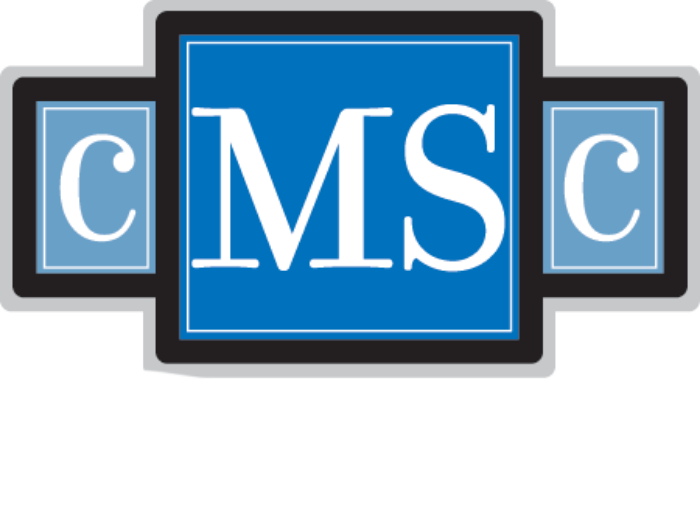Practice Points
- Electronic administration of mental health and fatigue screeners before multiple sclerosis appointments improves the detection of related concerns.
- Administration of the CogEval task to patients before appointments is a feasible and suitable option for monitoring cognition.
Cognitive impairment, depression, anxiety, and fatigue contribute to quality of life for people with multiple sclerosis (MS).1,2 In routine care visits, it can be challenging for them to communicate these symptoms and for clinicians to detect/monitor them longitudinally.3 Results from surveys of MS care professionals by the Consortium of MS Centers found only 38% of respondents used validated measures to assess depression, and only half evaluated cognition.4,5 In 2019, we published results from a record review of patients followed at The Ottawa Hospital MS Clinic6 in Ontario, Canada, and reported that approximately a quarter of the reviewed records documented at least 1 cognitive, mental health (MH), or psychosocial concern despite little formal screening for these concerns. In response, we launched this quality improvement (QI) initiative. Our objective was to enhance the frequency of MH, cognitive, and fatigue (MHCF) screening, where such assessments were previously not routine. We had 4 aims: (1) screen at least 75% of patients prior to clinic visits, (2) provide community resource information to at least 75% of patients identified with an MH concern, (3) evaluate initial implementation of tablet-based cognitive screening, and (4) evaluate the initial implementation of fatigue screening. Given practical challenges regarding staff training, patient adherence, and adopting new technologies, the aim of screening 75% of patients was chosen as a pragmatic benchmark for implementation.
Methods
Procedures
The Ottawa Health Science Network Research Ethics Board determined that ethics review was not required. The initiative was implemented in 3 phases. First, MH screening was introduced. Patients who activated the MyChart option, allowing access to information from their electronic health record (EHR), received an invitation to complete MH questionnaires through the EHR prior to their appointment. The Patient Health Questionnaire-9 (PHQ-9) assessed depression symptoms, and the Generalized Anxiety Disorder 7-item assessment (GAD-7) assessed anxiety symptoms. Best practice advisories (BPAs) in the EHR alerted physicians if moderate depression or anxiety was reported (≥10 on PHQ-9 or GAD-7), prompting physicians to address the concern and provide the patient with a list of local low- and no-cost MH resources.
In the second phase, cognitive screening was implemented for all patients seen by the physician assistant (PA). At their appointment, patients completed CogEval, a tool that measures processing speed (PS). Prior to this study, the Montreal Cognitive Assessment (MoCA)7 was the sole tool used to screen for cognitive impairment. MoCA was originally developed to detect mild cognitive impairment and early signs of dementia by evaluating multiple cognitive domains.7 However, it does not assess PS, which is commonly affected in MS,8 and has not been validated in MS. The use of CogEval, a validated measure of PS in MS, was implemented, given that it is a recommended cognitive screener in MS and strengthens predictive value of the MoCA.9
Fatigue screening was introduced in the third phase. The Modified Fatigue Impact Scale (MFIS), a self-report questionnaire evaluating physical, cognitive, and psychosocial aspects of fatigue, was administered prior to clinic appointments alongside MH measures in the EHR.
To evaluate these 3 phases, data were collected from the visit notes of 3 physicians over 10 clinic days before implementation of MH and fatigue questionnaires and 10 days post implementation. Data were similarly collected from PA visit notes 10 days before and after implementation of cognitive screening.
Measures
The PHQ-9 is a 9-item self-report tool that assesses depressive symptoms over the past 2 weeks, with 1 item specifically screening for suicidal ideation. It is a recommended screening tool for depressive symptoms in people with MS.10,11 Scores of 1 to 4 indicate “minimal depression,” 5 to 9 “mild depression,” 10 to 14 “moderate depression,” 15 to 19 “moderately severe depression,” and 20 to 27 “severe depression.”
The GAD-7is a 7-item tool that assesses the severity of generalized anxiety disorder.12 Scores of 0 to 4 indicate “minimal anxiety,” 5 to 9 “mild anxiety,” 10 to 14 “moderate anxiety,” and 15 to 21 “severe anxiety.” It is reliable and valid for screening generalized anxiety symptoms in people with MS.13
CogEval is an iPad-based tool developed and validated to assess MS-related cognitive deficits, with a focus on PS.14 It is modeled after the Symbol Digit Modalities Test and evaluates PS and related cognitive domains (eg, attention, psychomotor speed, visual processing, working memory).14
The MFIS is a 21-item multidimensional questionnaire assessing impact of fatigue on daily activities.15 The MS Council for Clinical Practice Guidelines recommends the MFIS to assess MS-related fatigue.16 A cutoff of 38 is commonly used to distinguish between fatigued and nonfatigued people with MS.17
Results
MH Screening
The 191 patients seen before implementation of MH screening were comparable to the 165 patients seen post implementation in terms of age, sex, physical disability, and disease subtypes (Table). Before implementation, no visit notes recorded use of formal MH screening tools, although MH concerns were mentioned in 8.90% of patient visits. Among those with an MH concern, 23.53% received resources or referral to a specialist.
Post implementation, 54.55% of patients completed formal MH screening (Figure), of which 21.22% were identified as having an MH concern based on cutoff scores. Notably, 100% of patients with an MH concern were provided resource information, as instructed by the BPA prompt. Of the 27.88% of patients identified with MH concerns post implementation, 11.52% were flagged based on PHQ-9/GAD-7 cutoffs, 16.36% were identified during regular visits, and 5.45% through both methods.
Cognitive Screening
Forty-five patients pre–CogEval implementation were compared with 47 patients post implementation, with no significant differences in age, sex, physical disability, or disease subtype (Table). Introduction of CogEval improved frequency of cognitive screening, increasing from 33.33% preimplementation to 85.11% post implementation (Figure). Preimplementation, all patients screened for cognitive deficits were given the MoCA. Post implementation, CogEval was administered to 82.98% of patients and the MoCA was administered to 10.64%. Despite increased screening, visit notes showed a reduction in discussions regarding cognitive concerns from 33.33% to 23.40%.
Fatigue Screening
A total of 166 patients were seen pre–MFIS implementation and 187 patients post implementation. The groups were comparable in age, sex, physical disability, and disease subtype (Table). Prior to implementation of the MFIS, fatigue was mentioned in 27.11% of visit notes, yet no fatigue measures were administered. Post implementation, fatigue was mentioned in 24.60% of notes, and 22.46% of patients completed the MFIS (Figure), with 45.24% of those meeting the threshold for fatigue (total MFIS score ≥ 38). Of the 31.02% of patients identified with a fatigue concern post implementation, 10.16% were identified based on MFIS cutoff, 24.60% during regular visits, and 3.74% through both.
Discussion
We implemented a QI initiative to increase the frequency of MHCF screening as has been previously recommended,18 although most clinicians do not use formal tools to screen for these concerns.19 Implementation of validated screening measures led to several improvements in identifying patient concerns, although challenges remain. Importantly, screening results are now presented longitudinally in the EHR, enabling ongoing monitoring, and a procedure to inform patients about low- and no-cost MH resources was implemented.
Before implementation of MH screening, concerns were documented in only 8.90% of visits, with just 23.53% of these patients receiving resources or referrals. No validated MH assessments were administered. Post implementation, MH screening was conducted for 54.55% of patients, with the rate of resource/referral rising to 27.88%. These rates exceed those of other centers (24% receiving depression screening).20 This increase highlights the importance of standardized screening in capturing concerns given that, due to perceived stigma, patients may be reluctant to raise these issues without prompting.18 Notably, 100% of patients identified by validated questionnaires as having an MH concern received resource information. Reporting of MH concerns in notes when MH questionnaires were not completed also increased post implementation, potentially indicating heightened clinician awareness of these issues.
Implementation of cognitive screening using CogEval resulted in an increase in cognitive assessment frequency from 33.33% preimplementation to 85.11% post implementation, exceeding rates of screening in other centers (2%).20 Notably, CogEval was used more than the MoCA post implementation, representing a shift toward tools validated for use in MS. However, a decrease in discussions about cognitive concerns during visits was observed post implementation. We speculate that use of CogEval could provide assurance to the clinician and patient that cognitive concerns are being monitored sufficiently, resulting in a decrease in discussion of concerns. This change may also reflect natural fluctuations in how often cognition was discussed or documented by the physician in their notes.
Although CogEval is an effective monitoring tool, it should not replace formal conversations. Highlighting the need for conversations, patient-reported cognitive concerns correlate with declines in immediate memory and PS21 and are an important part of clinical assessment. Currently, patients with significantly low PS scores on CogEval are referred for a community neuropsychological assessment if they have the financial resources. Additionally, per regulatory guidelines, the clinic will inform the Ministry of Transportation when PS deficits may pose driving safety concerns.
Introducing electronic administration of the MFIS created a systematic approach to fatigue screening, with 22.46% of patients completing fatigue questionnaires compared with 0% previously, consistent with other centers.20 Among those completing the MFIS, nearly half exceeded the cutoff for fatigue. Despite this, the frequency of fatigue discussions in notes remained stable. Although formal screening may help identify fatigue, it may not be a standard part of routine clinical discussions (or documented in-visit notes), perhaps because treatment options are limited. Our group is implementing a group-based intervention that may address some of these challenges.22
Although the initiative has improved the screening of MH and fatigue concerns at rates higher than those of other centers,20 completion rates still fell short of the 75% targets. We speculate that barriers to completing questionnaires may include fatigue itself, challenges related to technology use, and inadequate prompts for patients not receiving MyChart notifications. Clinicians may also face barriers in initiating discussions of invisible concerns, including time constraints, perceived lack of expertise, and limited referral options.18,23 To enhance completion rates, future efforts will include staff reminding patients to enable MyChart notifications and encouraging completion of electronic questionnaires while in the waiting room. Future steps will encourage cognitive screening for all patients. In addition, gathering feedback from patients about their experience with these tools is essential to understand attitudes regarding their use and to identify further areas for improvement.
Limitations and Future Directions
A recognized limitation of this initiative was the absence of a formalized safety plan for participants with positive screening results on items assessing thoughts of self-harm. Currently, physicians receive a BPA when moderate depression/anxiety is reported and a resource list is provided. Although most patients with positive screening results on the self-harm question are likely captured by this BPA, we will implement an additional BPA when thoughts of self-harm are reported even if the total score is below the cutoff. Other limitations include the short duration of the evaluation periods, which were limited to 20 days (10 days pre- and 10 days post implementation). This time frame was chosen to allow for immediate evaluation of the feasibility and impact of the initiative within the clinic while still ensuring all physicians were represented. We also wanted a rapid review period of new procedures so modifications could be made without delay. Future evaluation efforts should evaluate impact over longer periods. Furthermore, this initiative did not explore barriers to conducting formal screening and initiating discussions of MHCF in clinical settings. Future initiatives should prioritize investigating these barriers to enhance physician and patient engagement and improve screening practices.
Conclusions
There continues to be a need for better management of and improved clinician education on the invisible symptoms of MS.23 This initiative demonstrated that low-burden systems can substantially improve identification of symptoms and ensure patients are educated about available community resources









